In past postings, I’ve touted the value of “teamwork” in achieving company goals. That belief was based in part on my own experience as a CEO, recognizing that goals aren’t achieved through the dedication of productive silos! The way companies achieve growth goals is having cooperation and support across functional areas.
That reality has been integrated into Thinking Dimensions’ strategy implementation process and its critical component of holding employees accountable for living the basic beliefs that define for every company what “teamwork” looks like. A recent study has moved this fact from the “intuitive” to the “measurable”.
WorkplaceDynamics, a U.S. based research company, has tracked worker attitudes at over 7,000 companies in the last five years, 550 of which are public companies. Those public companies that scored in the top 10% in employee satisfaction have outperformed the S&P 500 index by 15.5%.
Stock Price and Worker Sentiment
The study found ” a strong correlation between stock price and worker sentiment on questions dealing with the company’s direction, execution and engagement of the employees behind the firm’s goals.”
All too often, particularly in larger companies, there is a disconnect between the top levels of the company and the people who are actually “doing the work.” Company leadership needs to monitor the temperature of the workforce. Feedback cannot be from “the top down”. The real value in feedback is “from the bottom up.”
4 Universal Components
Over the past years, as part of the Thinking Dimension’s strategy implementation process, we have asked CEOs and employees what the fundamental components of a successful company are. Their answers typically boil down to 4 distinct components:
1. Common goals
2. Everyone knows their piece of the goals
3. There is communication from the top down and the bottom up
4. Everybody works as a team
The first two points are easily understood and universally accepted as companies begin the implementation process. They are the big, tangible and fit into the business mode. The 3rd and 4th items are sometimes seen as “soft”. The reality is that having a workforce that works in concert and is getting and receiving feedback can create a competitive advantage.
But getting there isn’t just a matter of having a positive attitude or a memo to the troops. Creating the workforce that is aligned and committed to the company goals and each other, requires a structured, step-by-step process. A process that guarantees the goals and the teamwork aspect needed to achieve them get transferred from the CEO to the front-line management team and beyond.
Sustainable Advantage
As the study concludes, ” “having a healthy organization, in which workers feel engaged, valued and aligned with company goals, may be one of the last sustainable competitive advantages. If you’ve got a team that is enthused and rowing in unison, your reaction to shocks and setbacks will be more robust than somebody with a less healthy workplace.”
Smart leaders recognize that communicating with your employees and holding them accountable for mutually supporting one another is a smart investment…with a 15% return!

